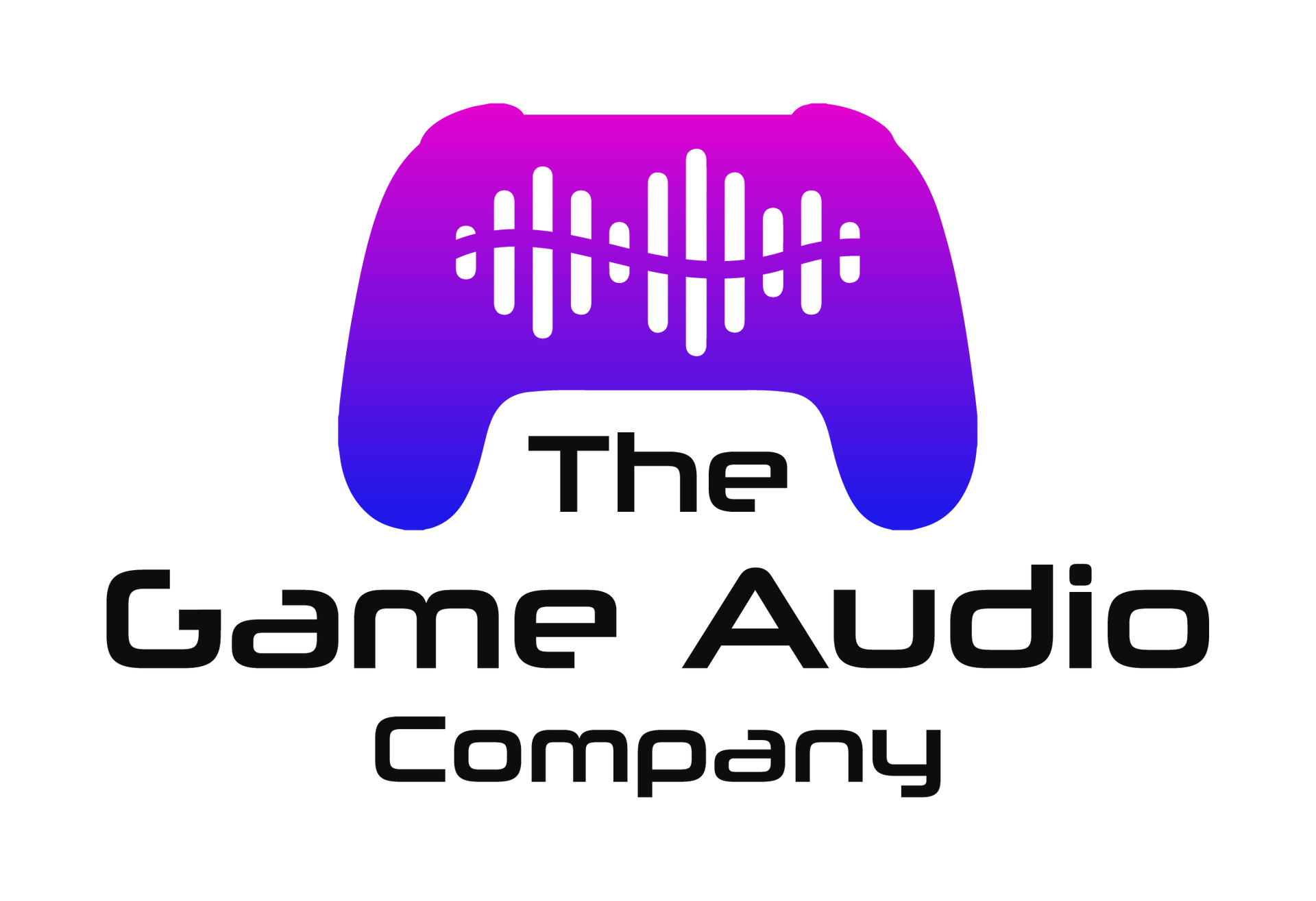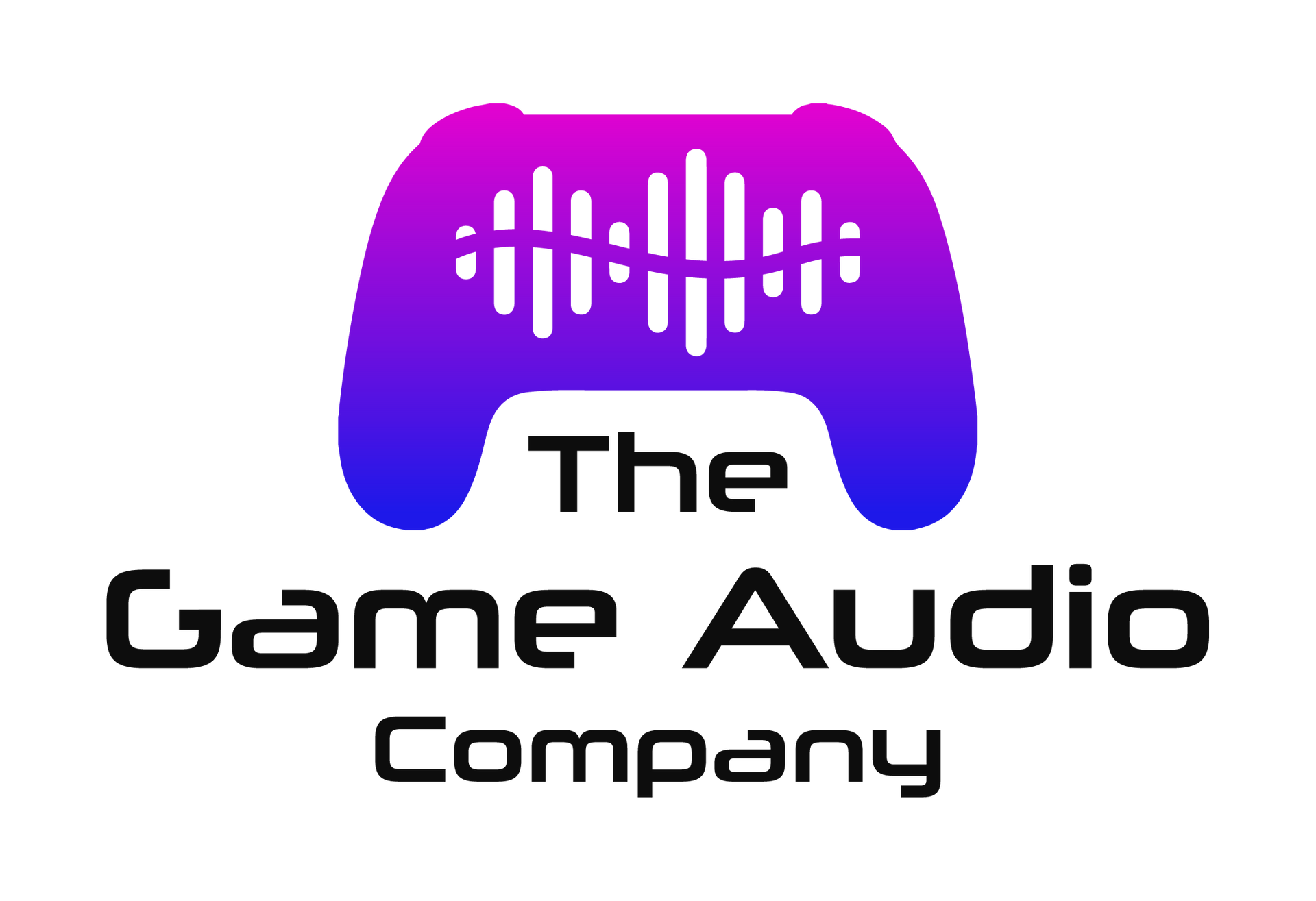Game Audio Blog
Understanding Audio Implementation
in Unreal Engine and Unity
When creating a game, the integration of audio is crucial for achieving immersion and enhancing the player experience. Whether it’s the eerie ambiance of a haunted house, the adrenaline-pumping beats during a boss fight, or subtle footsteps that indicate someone approaching, well-implemented audio plays a key role in building atmosphere and guiding players’ emotions. Unreal Engine and Unity, two of the most popular game engines, each offer powerful tools for audio implementation, but they have distinct approaches and workflows. In this article, we’ll explore the fundamentals of audio implementation in Unreal Engine and Unity and provide practical insights for game developers looking to create immersive soundscapes.
Why Audio Implementation Matters in Game Development
Sound isn’t just background noise in games; it’s a storytelling tool that adds depth, tension, and engagement. When implemented effectively, audio can make a virtual world feel alive, directly impacting player engagement and retention. According to Game Sound Design Fundamentals, players are more likely to stay immersed in games that effectively utilize both visual and auditory elements. In Unreal Engine and Unity, developers have access to tools that simplify the complex process of integrating audio into games, allowing them to add sound effects, dialogue, and background music that dynamically responds to in-game events.
Getting Started with Audio in Unreal Engine
Unreal Engine is well-regarded for its robust visual and audio capabilities, and its audio engine is no exception. The engine includes a variety of tools and systems designed to help developers build complex audio experiences.
Step 1: Importing Audio Assets
The first step is importing audio files (such as WAV or MP3 files) into your project. This is done by dragging files into Unreal’s Content Browser, where they’re stored and organized for use within the engine. From here, you can create Sound Cues, which allow you to combine audio files, add effects, and control how audio behaves in real-time.
Step 2: Sound Cues and Blueprint Integration
In Unreal Engine, Sound Cues enable dynamic audio by connecting various nodes that control playback behaviors. For instance, you might create a Sound Cue for an explosion sound that includes a randomized pitch and volume to prevent repetitive audio. The Blueprint Visual Scripting system also enables audio control without requiring code, making it accessible to designers who want to create responsive audio systems.
Step 3: Spatialization and Attenuation
Spatialization is a process that makes sounds appear as if they’re coming from specific locations within the 3D game space. In Unreal, spatialized sounds are affected by distance, direction, and environmental context. For instance, if a character walks away from a sound source, the audio will gradually fade out using an attenuation setting. This feature is essential for creating immersive soundscapes, as it mimics how sounds behave in real life.
Unity’s Audio Implementation: Flexibility and Accessibility
Unity is known for its flexibility, and its audio implementation system is no exception. Unity provides a streamlined approach, ideal for developers of all skill levels. The Unity Audio System lets developers manage sound with ease, featuring an accessible interface that works well with Unity’s scripting environment.
Step 1: Audio Source Components
In Unity, audio is managed using Audio Source Components, which you attach to game objects. Each Audio Source can play an audio clip, and parameters like volume, pitch, and spatial blend are adjusted to achieve the desired sound effect. For instance, if you’re developing an open-world game, you might add ambient sounds like wind or water to specific areas using multiple Audio Sources to create a seamless experience as the player explores.
Step 2: Audio Listeners and Spatial Sound
An Audio Listener in Unity acts as the player’s “ears,” capturing all nearby sounds and adjusting them based on position and orientation. Each game typically has one Audio Listener attached to the main camera, allowing the player to experience 3D audio as they move through the environment. With Unity’s spatial sound features, you can create realistic effects like echoes, reverberation, and occlusion, further immersing players in the game world.
Step 3: Adding Real-Time Effects
Unity also allows for the addition of real-time effects, such as reverb zones or low-pass filters, which change how audio is perceived based on the player’s location. For instance, if the player enters a cave, Unity’s Audio Reverb Zones can make sounds appear more echoey and distant, helping to create an eerie or otherworldly atmosphere. By adjusting these audio effects dynamically, developers can craft soundscapes that reflect changes in the environment.
Key Differences Between Unreal Engine and Unity for Audio
- Node-Based vs. Component-Based: Unreal Engine uses a node-based system, which is highly visual and powerful for complex audio designs. Unity, on the other hand, is component-based, which may be simpler for beginners but can be enhanced with plugins or scripts for more complex audio.
- Blueprints vs. C# Scripting: Unreal’s Blueprints allow for visual scripting, making it accessible to non-programmers. Unity requires scripting in C#, which is versatile but may present a learning curve for newcomers.
- Out-of-the-Box Features: Unreal Engine has more built-in tools for advanced audio manipulation, such as reverberation and dynamic effects. Unity offers similar features but may require third-party plugins or additional coding for certain effects.
Integrating Third-Party Plugins for Enhanced Audio
For developers looking to go beyond the built-in capabilities of either engine, third-party plugins can add additional depth to your game’s audio. FMOD and Wwise are two popular audio middleware tools that integrate seamlessly with both Unreal Engine and Unity, offering advanced features like adaptive audio and interactive music systems. These tools provide powerful options for audio designers and allow for greater control over complex audio behaviors.
Choosing the Right Engine for Your Audio Needs
Choosing between Unreal Engine and Unity for audio implementation largely depends on the needs of your project, your team’s experience, and the complexity of the audio you wish to implement. For large-scale projects with complex audio requirements, Unreal Engine’s extensive built-in tools may be advantageous. Meanwhile, Unity’s simplicity and flexibility make it a strong choice for indie developers and those looking to quickly prototype audio ideas.
If you’re new to audio implementation, start small and experiment with the core features of each engine. Understanding how to create an impactful soundscape will be invaluable as you progress, and as you gain experience, you can start experimenting with middleware and custom scripting to take your audio to the next level.
Final Thoughts
Both Unreal Engine and Unity are powerful platforms for implementing game audio, offering a range of tools and options to create immersive, high-quality soundscapes. By exploring their unique audio systems and leveraging their strengths, you can elevate your game’s auditory experience, ultimately enhancing player immersion and enjoyment. Whether you’re creating realistic soundscapes or crafting otherworldly audio effects, investing time in understanding audio implementation will be well worth the effort.
For more tips and techniques on sound design, stay tuned to our future blog posts for insights, tutorials, and updates on the latest trends in the industry!


